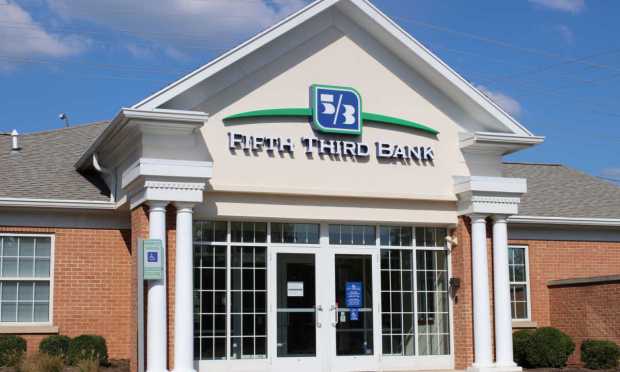Fifth Third Increases Healthcare Focus With Big Data Purchase

Fifth Third Bank is expanding its health sector focus by purchasing Big Data Healthcare.
The bank announced the deal with the Wisconsin-based healthcare payment and remittance firm Tuesday (Mar. 7), saying it gives Fifth Third national healthcare revenue cycle capabilities. It’s a deal happening as payors, providers and patients are all seeking a more connected, streamlined healthcare payment experience.
“The healthcare industry is one of the largest and fastest growing segments of the U.S. economy. It’s the first and the largest of our industry focus areas,” Kevin Lavender, head of commercial banking at Fifth Third, said in a news release. “Together, we can deliver a specialized client experience driven by innovation.”
Founded in 2017, Big Data “optimizes healthcare results through intelligent data automation,” the release said. The company offers an online portal known as FUSE that “automates remittance reconciliation back to deposits and provides visibility improving data and file management while working in tandem with existing systems.”
Earlier this year, PYMNTS spoke with Andres Jimenez, director and healthcare receivables product lead at Bank of America, about the changes being made to the long-held standards used by banks and health providers to make things more cohesive and interoperable.
“Especially in the healthcare industry, as more organizations merge and become bigger,” Jimenez told PYMNTS, “what ends up happening is you get these clients that have multiple systems that they need to maintain, and then they need to create integrations between their banks and all the other financial revenue cycle systems that they’re using to analyze the challenges to healthcare data interoperability for banks.”
Providers and payers want fewer integrations to oversee using application programming interfaces (APIs), he said. Banks need to shift to offering these solutions for healthcare clients as interoperability becomes more important.
“Especially in the environment that we’re in today, economically, there’s a need to focus on cost and efficiency,” Jimenez said. “What you see with systems that aren’t interoperable, or when you have solutions that don’t work well together, you create more costs.”
Meanwhile, recent PYMNTS research finds that digitization has changed how patients pay for their healthcare.
“The Digital Platform Promise: How Patients Want to Streamline Healthcare Payments” — a collaboration between PYMNTS and Lynx — found that 29% of consumers used a digital portal to pay at least one medical bill in the prior year, while 25% said it is their preferred way to pay.
The findings show a marked shift from traditional payment methods for medical care, like in-person and mail-in payments. The study also found that three-quarters of consumers made at least one payment for healthcare in the past 12 months, with a growing number of patients choosing digital channels.
“In-person channels may remain the most common way to pay for healthcare expenses, but our research shows that digital patient and health-plan portals are equally preferred,” the study said. “One-quarter of respondents said they favor digital portals above other methods — the same share that chose in-person payments.”
